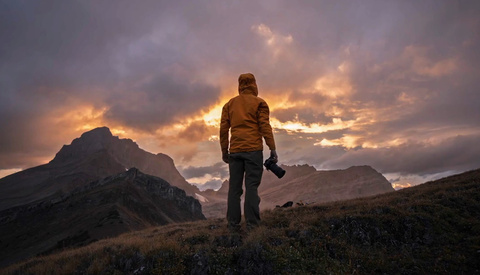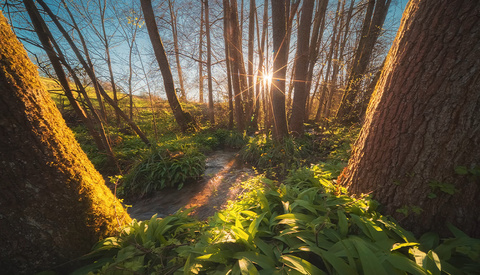How to Add Realistic Drama to Landscape Photos
Lightroom Classic offers powerful tools, but many users overlook the potential of luminance and color masks for enhancing landscapes, especially skies. Knowing how to skillfully apply these masks can significantly improve your photos, adding depth and drama.

































